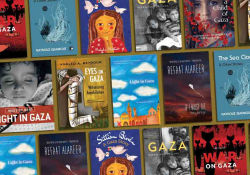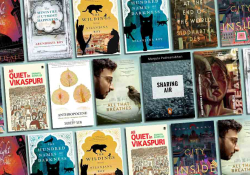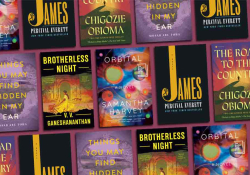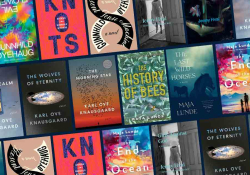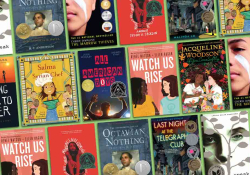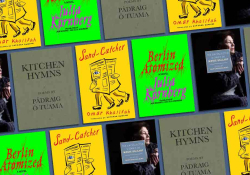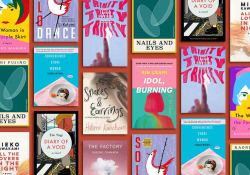The Novella in Flash and the Flash Novel: Forms of and for the Times?
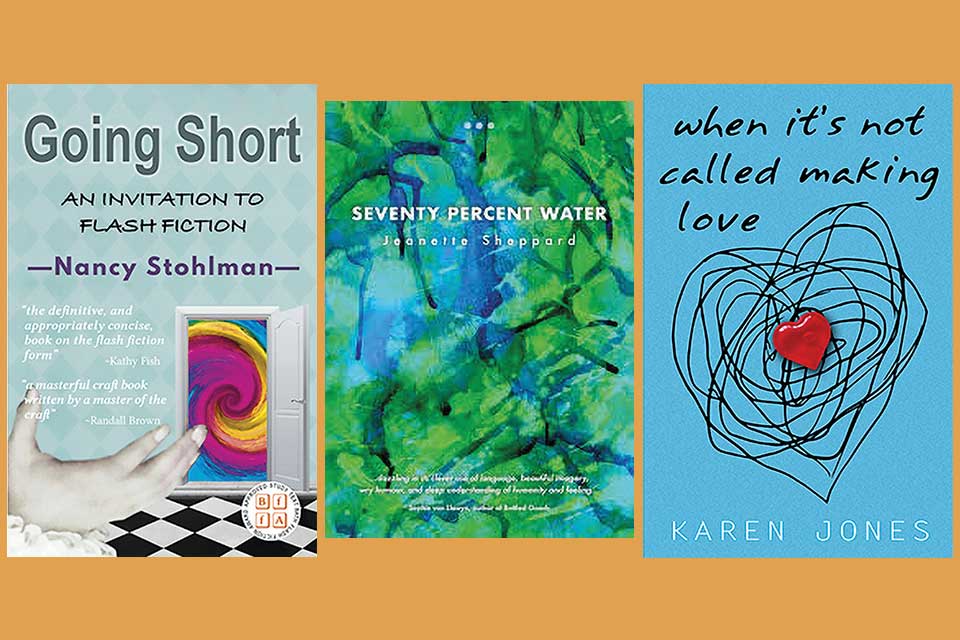
WHEN LYDIA DAVIS WON the Man Booker International prize in 2013, flash fiction made it into the sitting room of the house of fiction. Not just flash fiction collections appeared, but also the novella in flash, a form perhaps already foreseen by Sandra Cisneros’s 1984 “novel in vignettes,” The House on Mango Street.
If flash fiction is a story under a thousand words, a novella in flash is a collection of such stand-alone pieces arranged to form a longer story where the reader may leap from one flash to another along a narrative arc. A flash novel is something else again, a new form with the urgency of flash fiction.
Nancy Stohlman
Going Short: An Invitation to Flash Fiction
Ad Hoc Fiction, 2020
Although a craft book on the form, Nancy Stohlman’s Going Short is itself arranged like a novella in flash, with flashlike chapters “demonstrating the form as they discuss it.” As Stohlman concludes, “The form is still soft and pliable. . . . The best ideas rarely fit into neat check boxes.” And herein may lie the form’s attraction. Stohlman debunks myths on size (smaller is easier / bigger is better) and that readers have short attention spans. Not so readers of flash fiction. Flash fiction, and by extension the novella in flash, “invites the reader up on the stage, hands them a tambourine and tells them to keep up.” You become part of the act; you are included. And though you may read a novella in flash in one sitting, something can linger as you ponder the effect of words condensing ideas that might unfold much later again in your mind.
Karen Jones
When It’s Not Called Making Love
Ad Hoc Fiction, 2020
A recently published novella in flash, When It’s Not Called Making Love, by Karen Jones, was specially commended at the annual Bath Novella-in-Flash competition. In just forty pages, Jones takes the reader on a coming-of-age roller-coaster ride, attesting to how less can be very much more. Some titles, stories in themselves, are: “Recommended Stopping Distance,” “Stop and Think,” followed by “Everything Sucks,” with the novella ending with a spin on the title: “What It’s Called When It’s Not Called Making Love.”
Jeanette Sheppard
Seventy Percent Water
Ellipsis Zine, 2020
Another UK publisher devoted to flash fiction and the novella in flash is Ellipsis Zine, which brought out Jeanette Sheppard’s Seventy Percent Water. In her approach to representing relationships and loss over fifty-three pages, Sheppard also plays with different representations, employing a hermit-crab approach in one flash and a triptych one in closing. Titles, too, evoke stories: “Seventy Percent Water,” “Because of You,” “The Last Time I Visited My Mum,” “I remember the cockerel my father received as a housewarming present,” and the enigmatic “Kelly Loves Traffic Light Jelly.”
Interestingly, these three books were published during the pandemic and launched via well-attended Zoom events.


